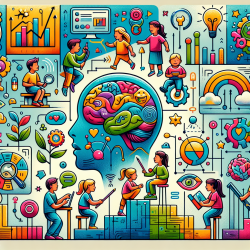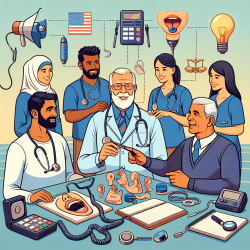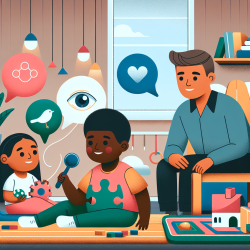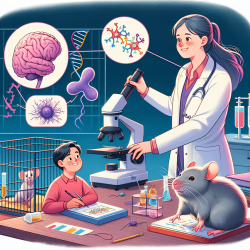Introduction to Acquired Brain Injury (ABI) in Children
Acquired Brain Injury (ABI) in children can result in a range of physical, cognitive, and emotional challenges that impact daily living activities. As practitioners, understanding the most effective interventions is crucial to improving outcomes for these children. Recent research has explored innovative approaches such as the Mitii™ program, a web-based multi-modal training designed to enhance motor and cognitive skills in children with ABI.
Understanding the Mitii™ Program
The "Move it to improve it" (Mitii™) program is a web-based therapy that integrates upper limb and cognitive training within meaningful physical activities. This program is delivered via the internet, allowing children to receive therapy in their home environment, which can be both convenient and cost-effective. The study by Boyd et al. (2015) aims to evaluate the efficacy of Mitii™ compared to usual care in improving motor and cognitive functions in children with ABI.
Research Methodology
The study involved 60 children, divided into two groups: one receiving immediate Mitii™ training and the other on a waitlist. Each child underwent 20 weeks of training, with assessments conducted at baseline, post-intervention, and 20 weeks after intervention. The primary outcomes focused on motor and process skills, while secondary outcomes included executive functioning and quality of life.
Key Findings
- Children in the Mitii™ group showed significant improvements in activities of daily living (ADL) motor and processing skills.
- There were notable gains in gross motor capacity and upper limb activity.
- Functional MRI scans indicated neuroplastic changes, suggesting that the program effectively engages brain regions associated with motor control and cognitive functions.
Implications for Practice
For practitioners, the Mitii™ program offers a data-driven approach to therapy that can be tailored to individual needs. The ability to deliver therapy remotely makes it accessible to children in various settings, potentially reducing barriers to treatment. Additionally, the program's focus on engaging children through interactive and challenging activities may enhance motivation and adherence to therapy.
Encouraging Further Research
While the results are promising, further research is needed to explore long-term outcomes and the program's applicability to other populations. Practitioners are encouraged to consider integrating similar web-based interventions into their practice and contribute to ongoing research efforts.
To read the original research paper, please follow this link: Mitii™ ABI: study protocol of a randomised controlled trial of a web-based multi-modal training program for children and adolescents with an Acquired Brain Injury (ABI).










